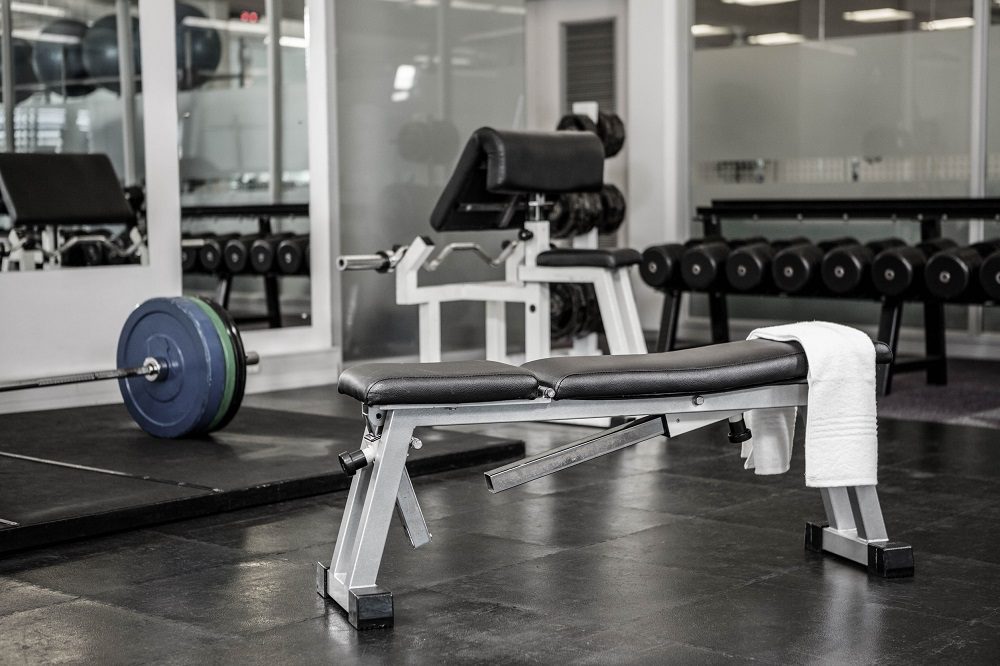Weightlifting Safety

Laura M. Miele, Ph.D., Sport, Fitness, and Recreation Expert
Case Summary: Plaintiff was a high school football player participating in a weightlifting class. Plaintiff’s injury occurred while attempting to determine his maximum capacity squatting with free weights over an exercise ball without safety stops set or spotters. While trying to determine the maximum weight for his squat, plaintiff lifted weight that exceeded his ability to safely handle. The weight forced him to the floor. Plaintiff was crushed and contorted, and his spine was broken.
Expert Analysis: Teachers are responsible for reasonable care when teaching a class where it is foreseeable that a student may not lift properly in order to minimize the risk of injury. It is crucial that student spotters receive careful instruction on proper spotting techniques and that they undergo adequate and well-supervised practice on those techniques.
Effectively managing risk is critical within a weight training class. Spotters are necessary for safety. Because skill levels within a group of students will vary, active supervision and communication is required when students are allowed to lift free weights during a high school physical education class. All students should be taught how to properly lift and spot.
The teacher or coach should have:
1. Required spotters for safety.
2. Circulated the weight room to effectively supervise and instruct students.
3. Demanded notification if the students are going to perform a maximum lift.
4. Prevented the use of a heavy ball beneath a student, as it could roll away, further complicating a (failed) lift and cause serious injury.
Acceptable physical educational guidelines and standards for school weight rooms, strength, and conditioning athletic programs, including the National Federation of High Schools (NFHS), USA Weightlifting, and the National Strength and Conditioning Association (NSCA), require that teachers and coaches meet a duty to use reasonable care for the safety of student athletes by providing:
1. Training and instruction on proper lifting and spotting techniques; essential for safe free weight workouts.
2. Training of student athletes in the weight room to include an initial orientation, written and/or verbal instructions for safe lifting and spotting, teacher/coach demonstrations and clearly posted signs reinforcing that students must always use safe lifting and spotting methods.
3. Instruction on correct spotting methods to avoid injury to both student spotters and lifters during free weightlifting.
4. Effective and adequate supervision (by monitoring or back to wall supervision) of student athletes in the weight room to ensure safe lifting and spotting practices to avoid student injury.
5. Free weight stations with safety signage posted regarding spotting.
Result: Case settled
Categories: Laura M. Miele, Ph.D. | Sport, Fitness, and RecreationTags: Athletic Training | Gym Equipment | Weightlifting


